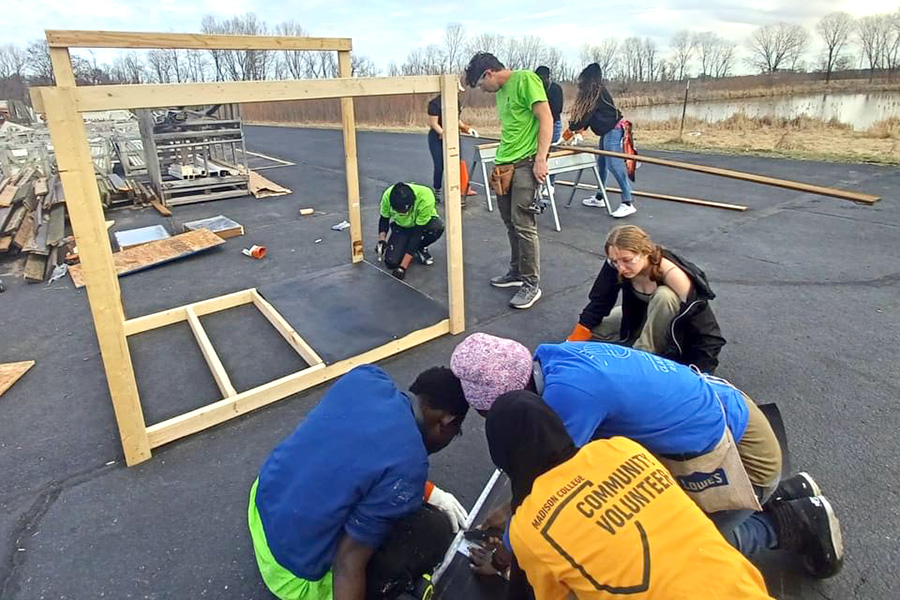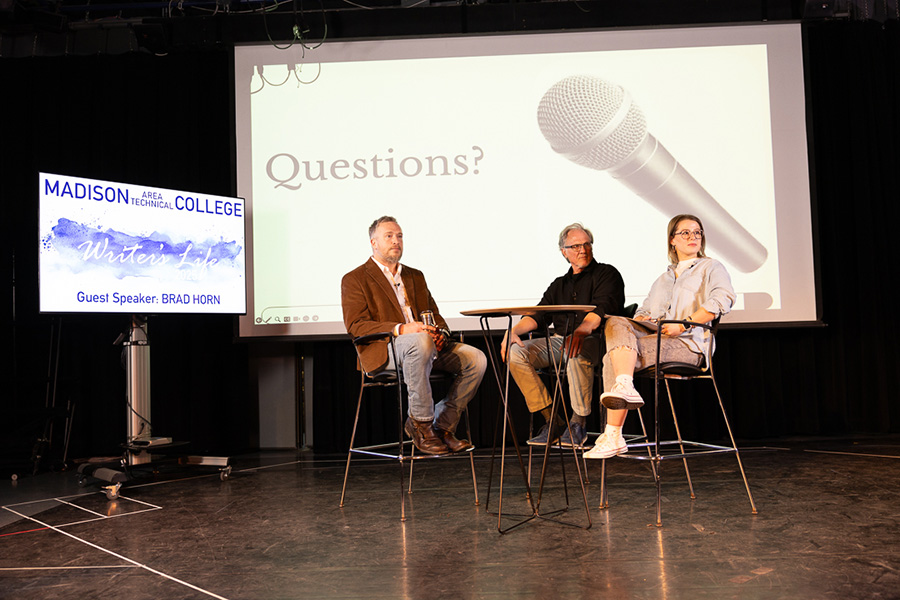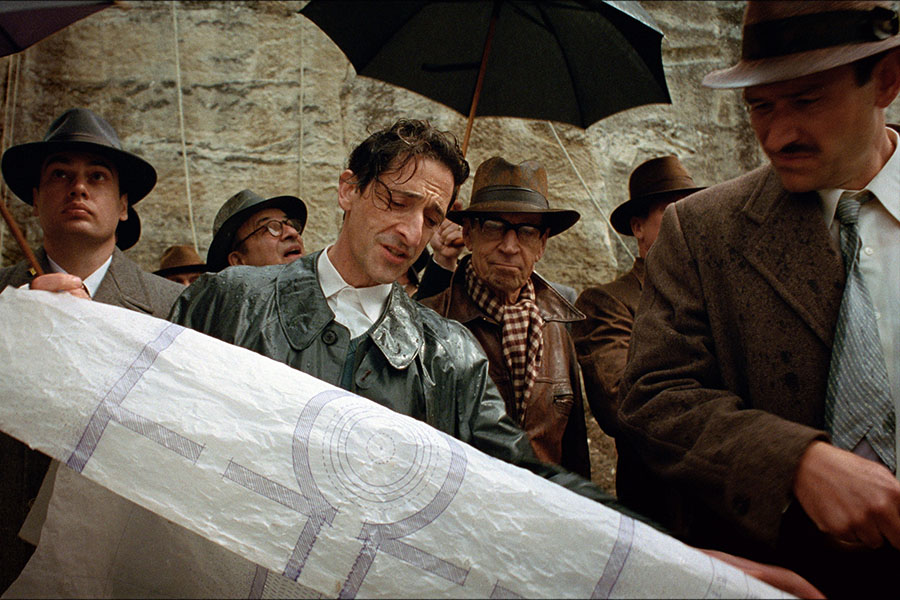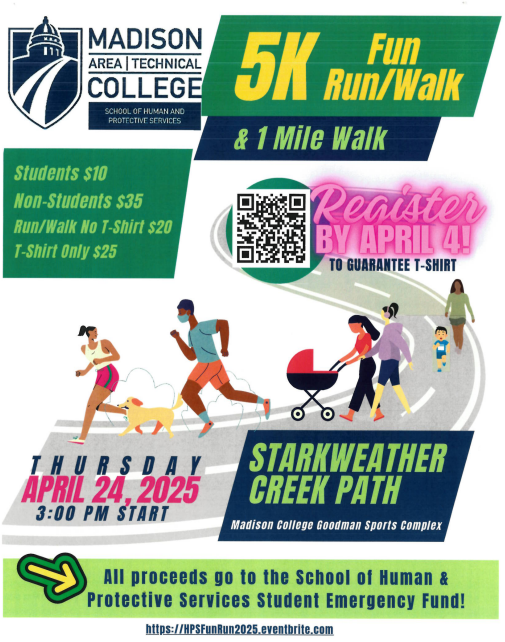The new, GOP controlled, Wisconsin state congress is pushing legislation that is attempting to solve a problem that doesn’t exist. This legislation would require voters to present government issued identification with current residence in order to vote.
The bill will likely increase the state’s deficit by millions of dollars, an increase required to cover the additional administrative costs of the Department of Motor Vehicles. This legislation also could prevent thousands of votes to be cast, breaching a constitutional right. Moreover, these would be votes predominantly cast by minority, elderly, and student voters.
The NAACP, the League of Women’s Voters, and dozens of other race, ethnicity, elderly, and student advocacy groups have historically opposed voter ID legislation. Without any reason to change the status quo, our community should do the same.
The main argument against voter ID legislation is that it places an undue and unconstitutional burden on the voter. Additionally, procuring the appropriate government issued identification could amount to being required to pay, in both time and money, for the right to vote.
At this time provisions are included in this legislation to make free identification cards available to voters. However, current requirements for ID issuance include documents proving name and date of birth such as a birth certificate. For persons no longer in possession of their original, obtaining a copy will cost additional money.
Also, these provisions will not cover the cost of obtaining current driver’s licenses. Duplicate licenses currently cost $14, and renewals $34, according to the Wisconsin Department of Transportation.
Providing identification with current address is a problem especially pertinent for students. Most are frequently moving or living in school-provided housing which can even make procuring a utility bill difficult.
A 2005 study reviewing the driver’s license status of voting age Wisconsinites showed that of the nearly 13,000 students living in residence halls at University of Wisconsin-Milwaukee, Marquette University, and the University of Wisconsin-Madison, only 2 percent had identification with their current addresses.
Furthermore, Wisconsin would need to open additional DMV locations and increase hours to provide adequate service for those in need of the proper identification. It is projected that this would entail a nearly 50 percent Department of Motor Vehicles budget increase.
In a two-year study conducted by Wisconsin Attorney General JB Van Hollen, fraudulent voter charges were brought against only 11 individuals. Of these 11 individuals, eight were felons charged for voting while on probation or parole. These are situations where an ID requirement would have no effect.
Voter ID requirements only prevent acts of voter impersonation. It is currently unclear if any persons have been accused of voter impersonation.
In the 2004 presidential election, researchers at Rutgers University found that of all voters in states requiring current photo identification at the polls, 2.9 percent would be less likely to vote. Of Wisconsin’s nearly 3 million voters in the 2008 presidential election, this number would have represented 87,000 people.
The cost of a possible 87,000 eligible citizens less likely to participate in their constitutional right to vote seems a steep sacrifice to prevent so-called voter fraud, which has yet to be proven a problem.
Perhaps we should all simply start being required to dip our fingers in ink post-voting as they’ve done in other countries instead.
Problem solved.

























